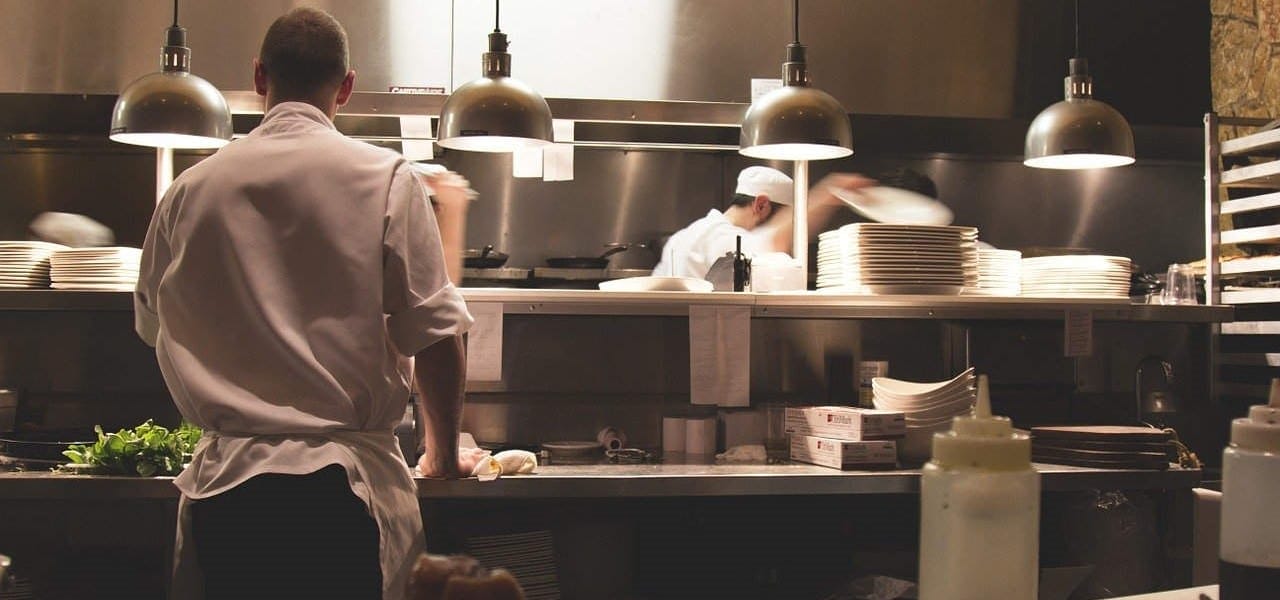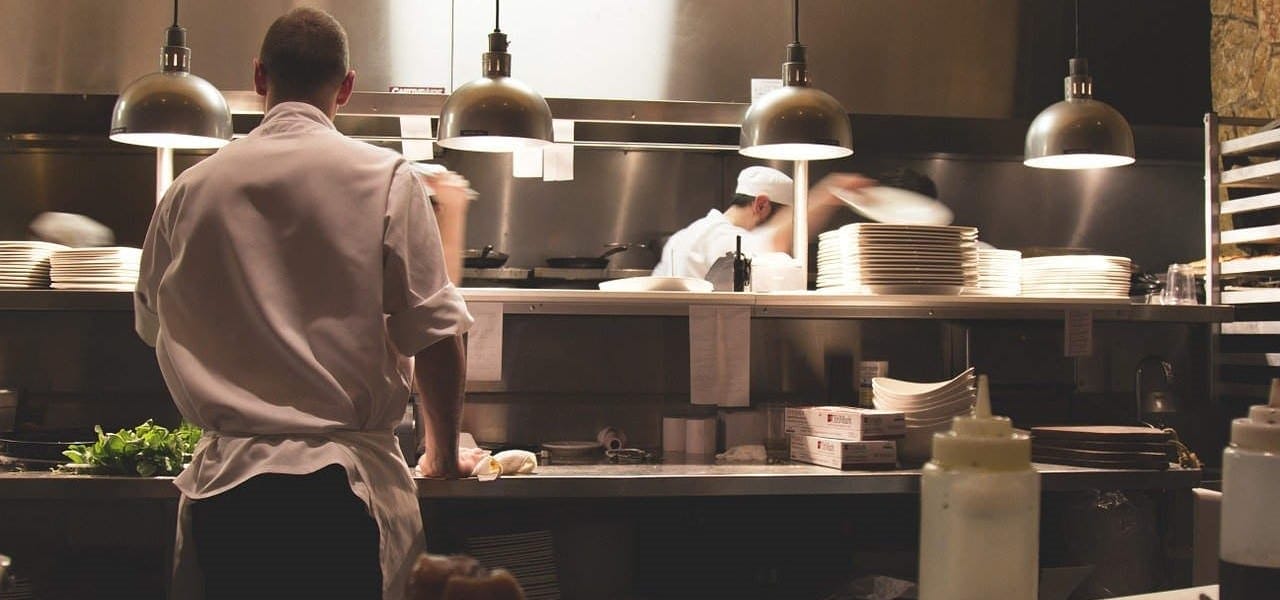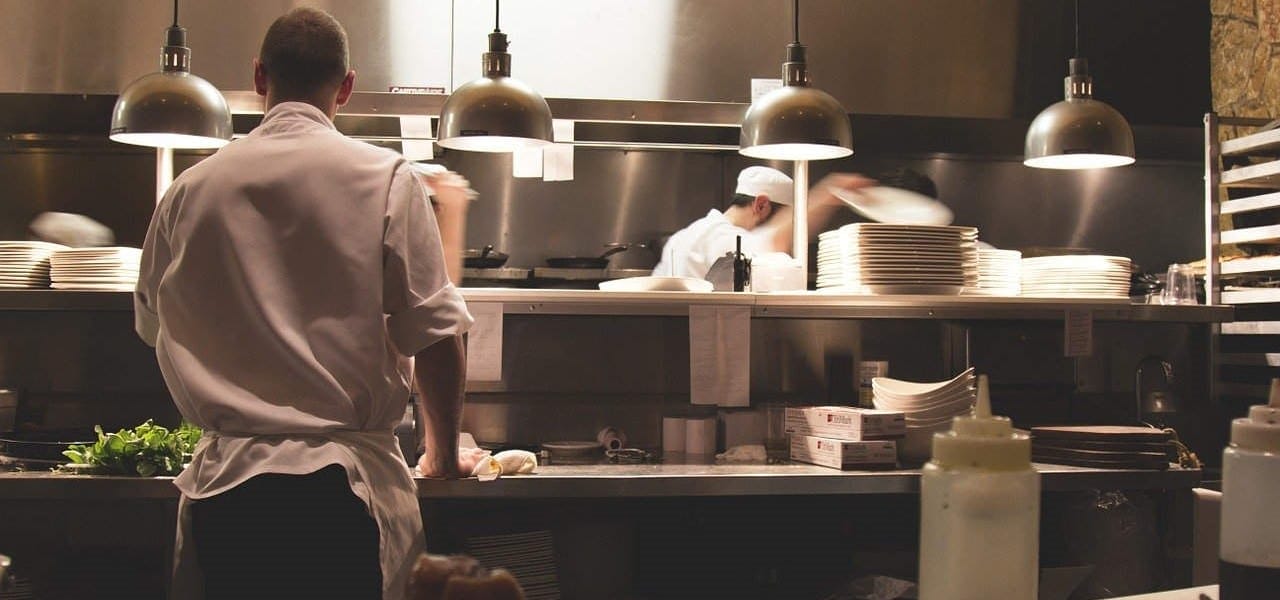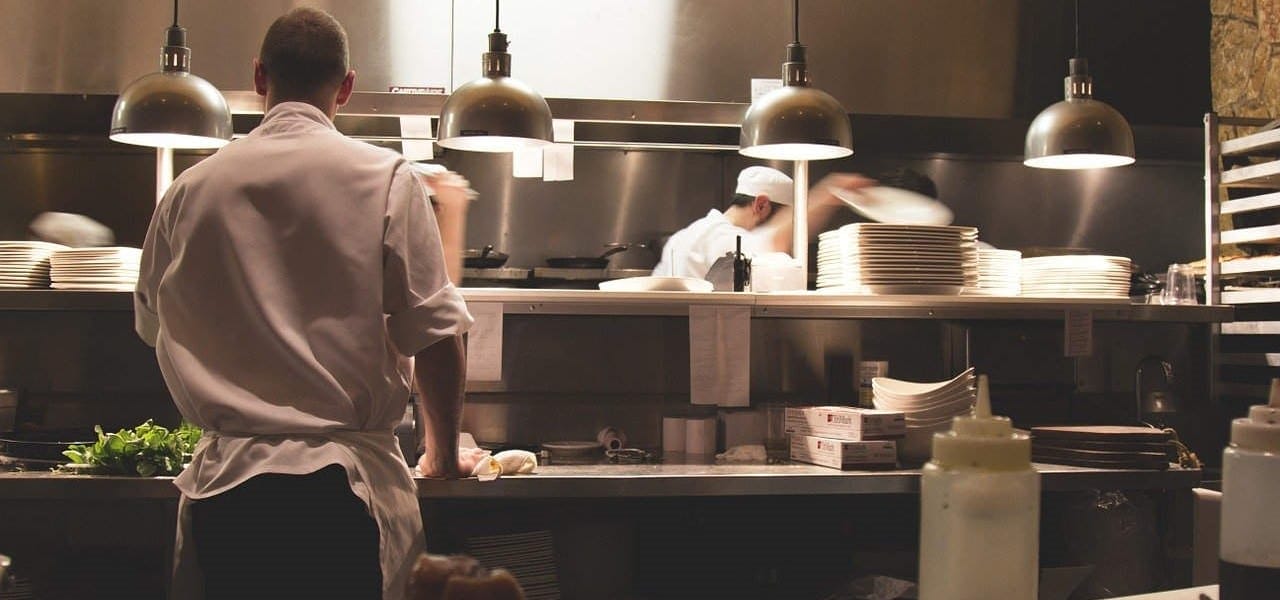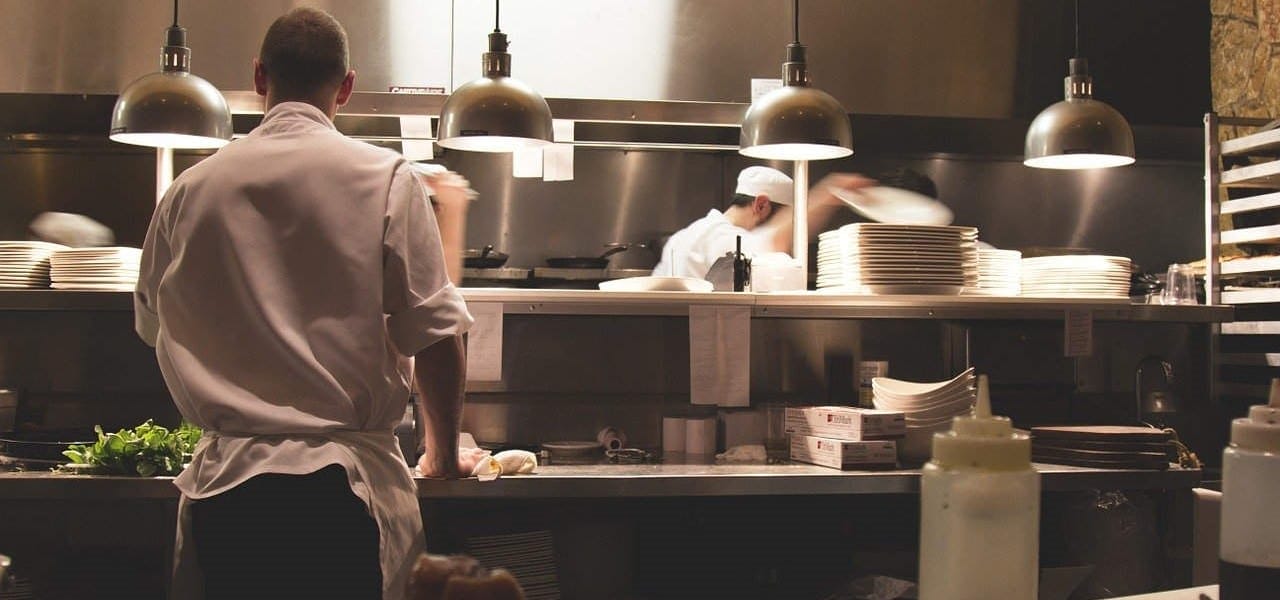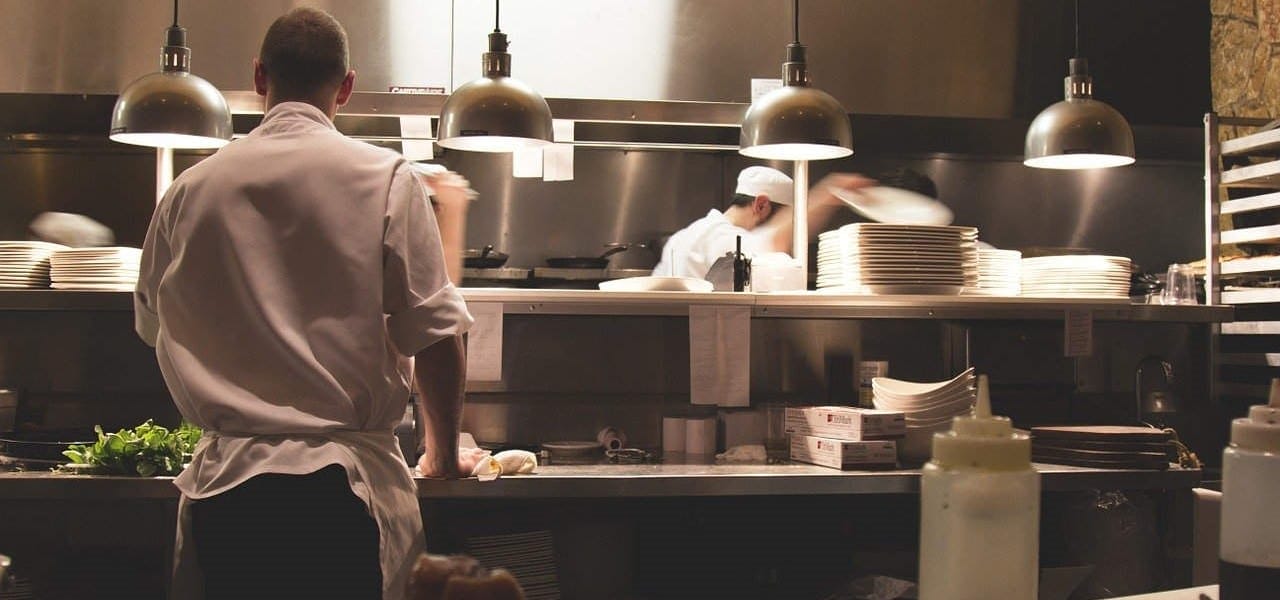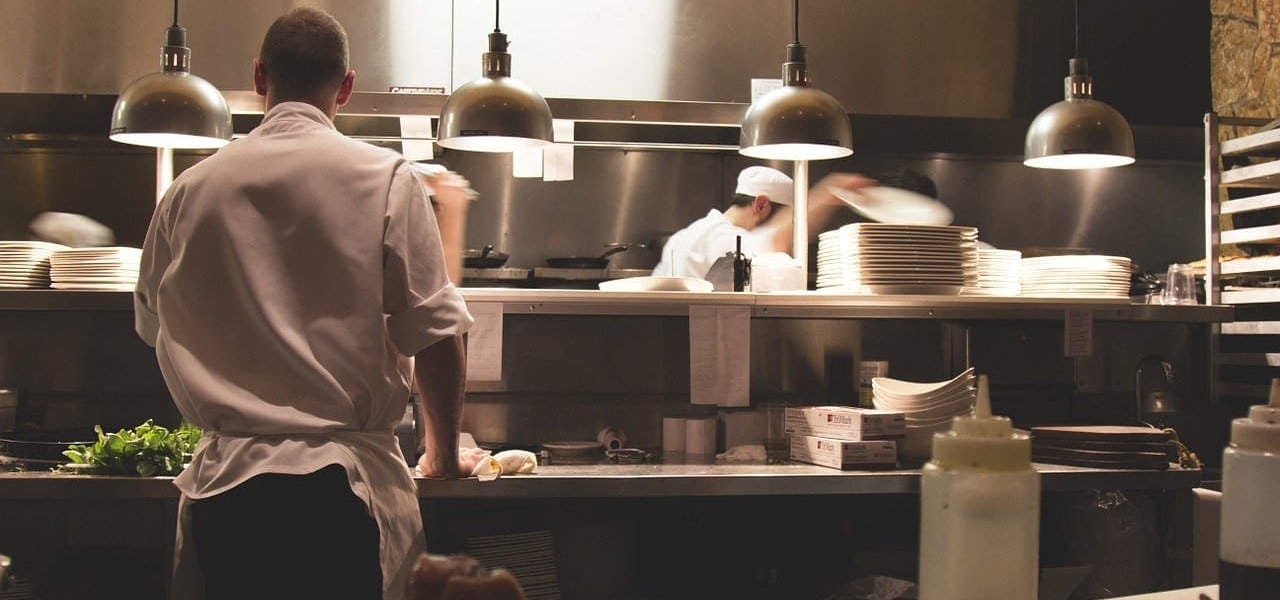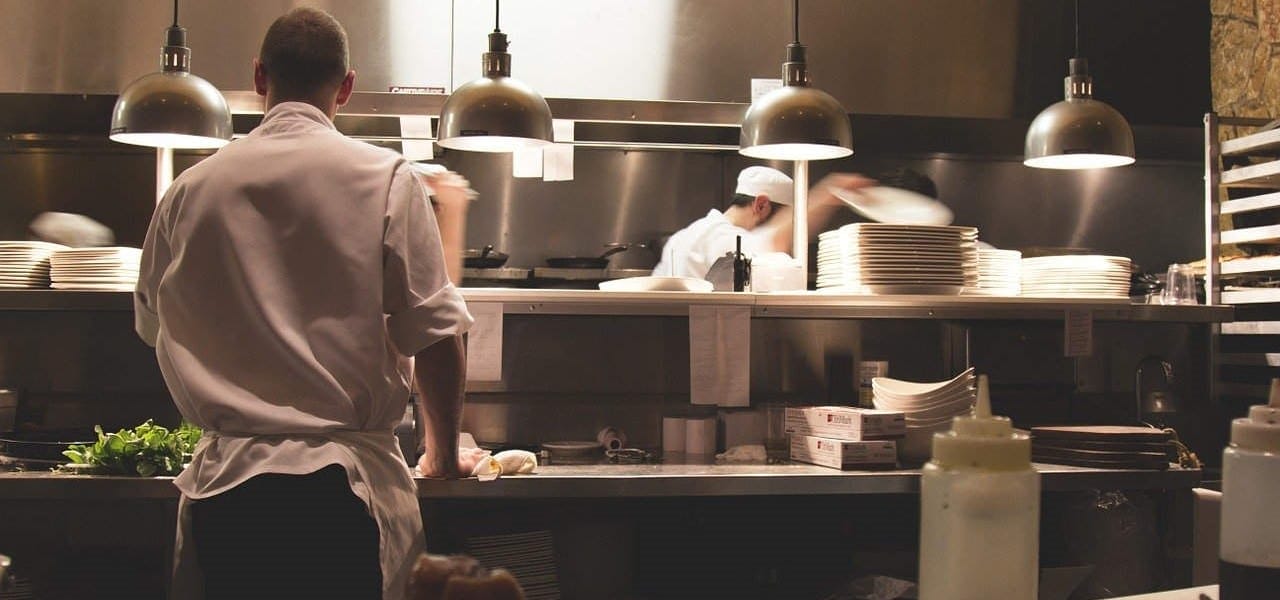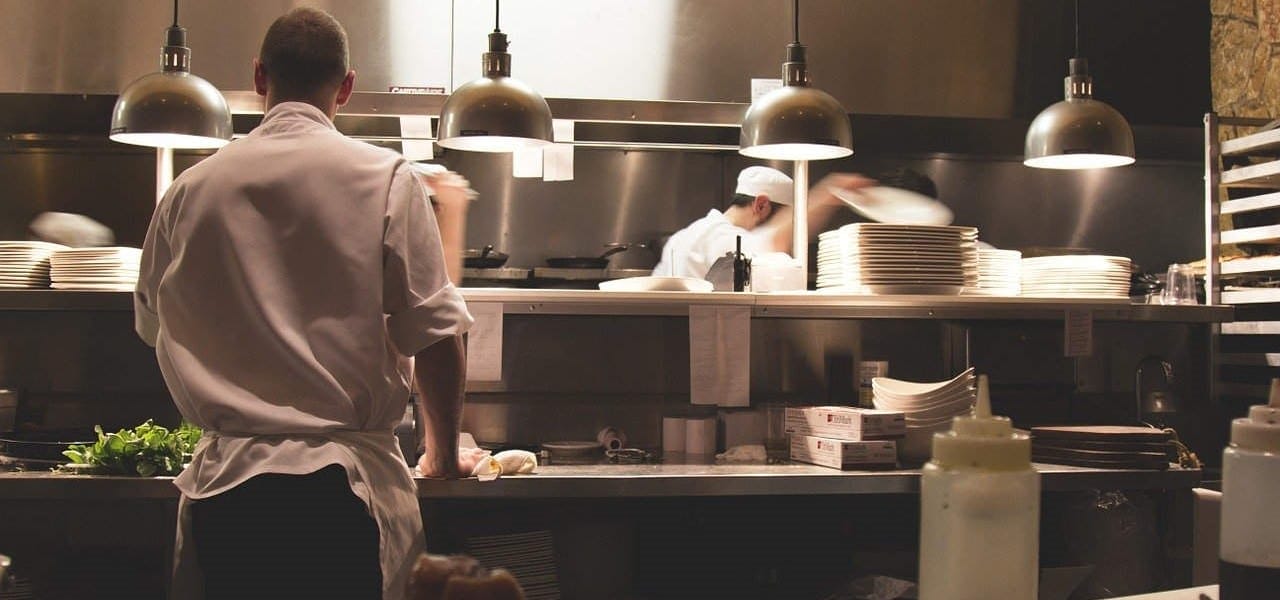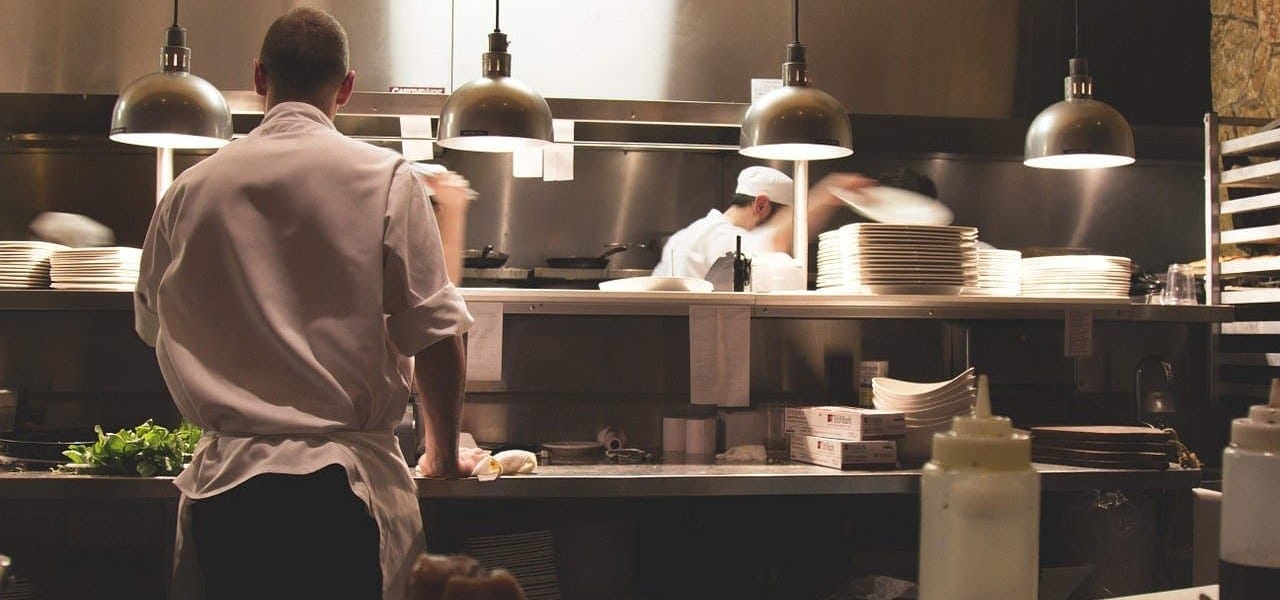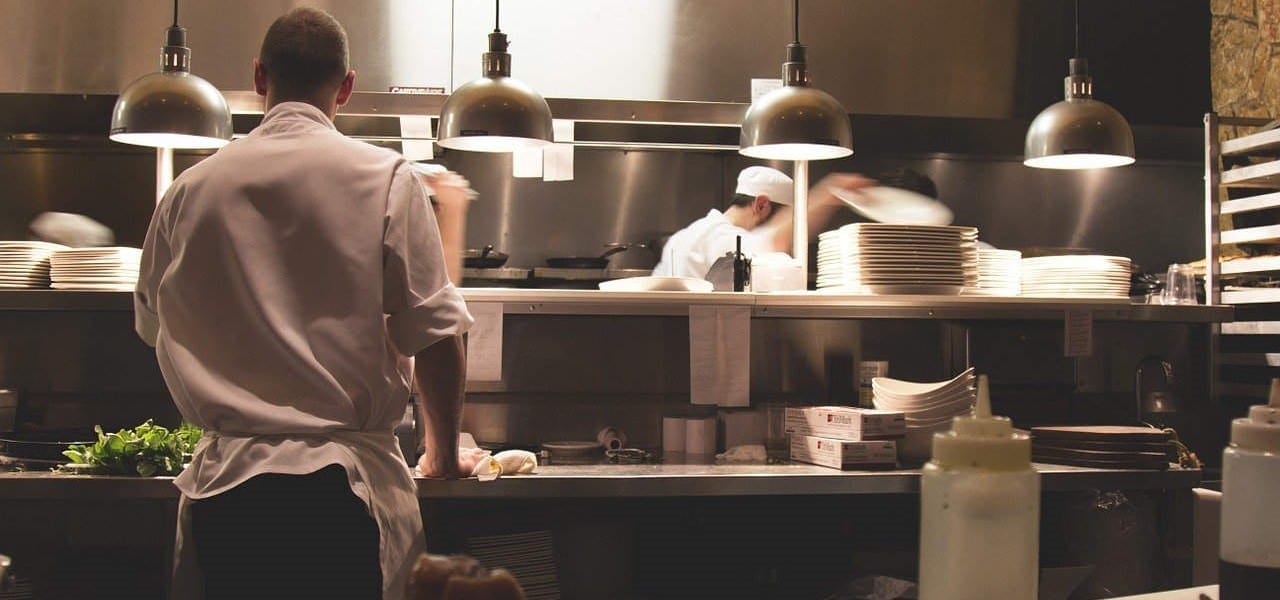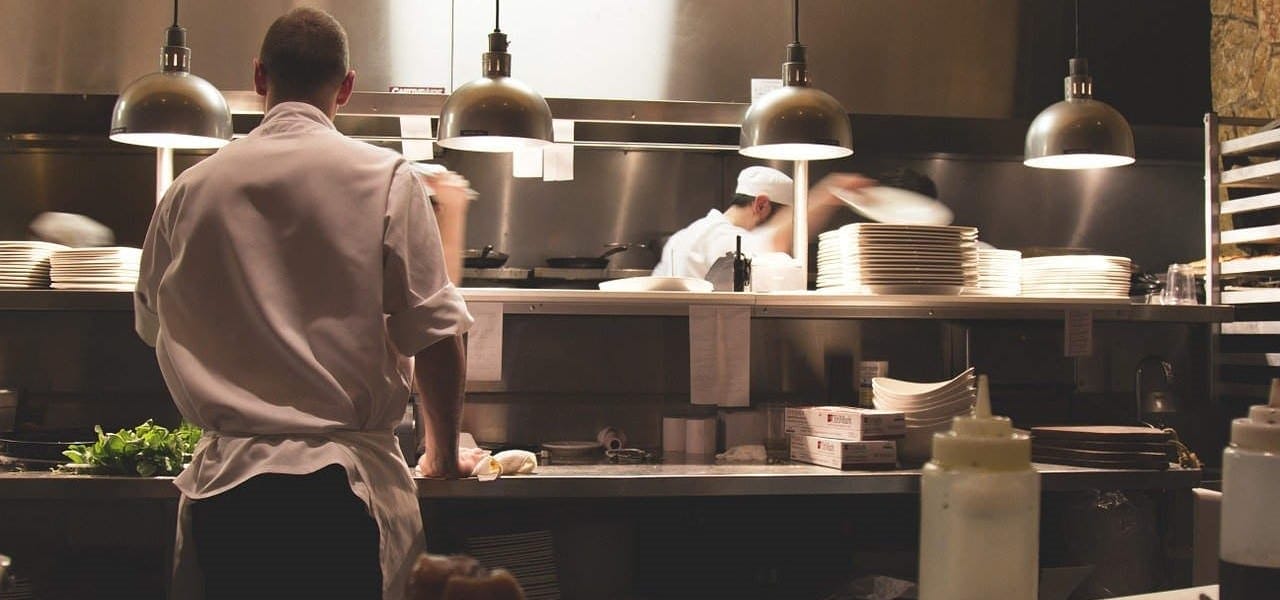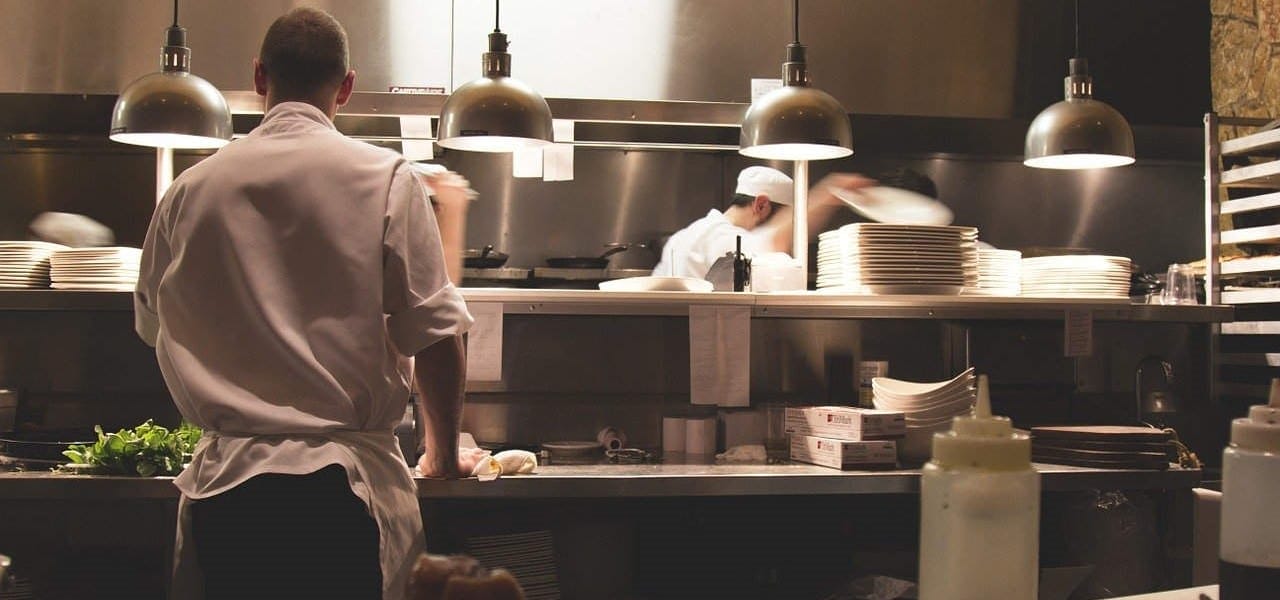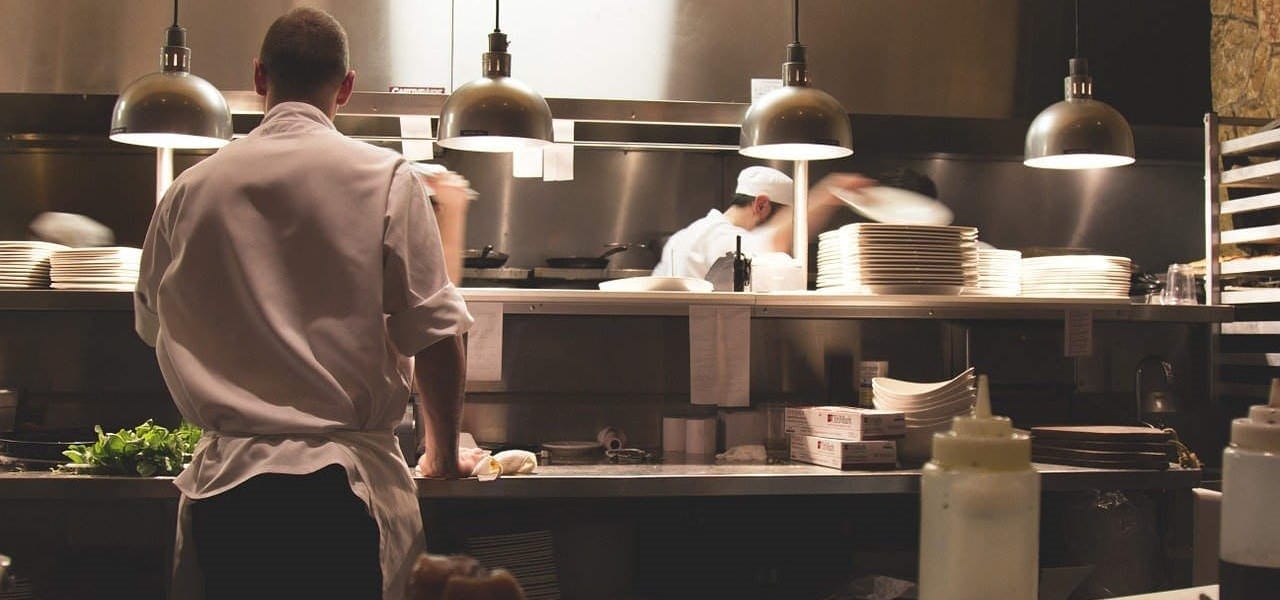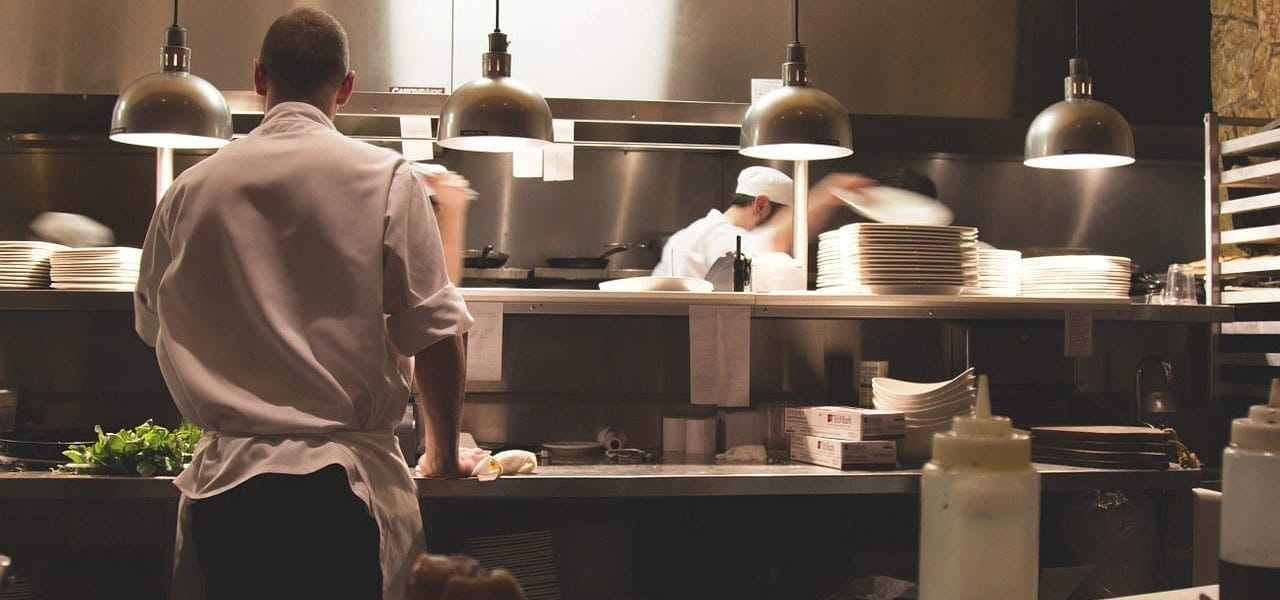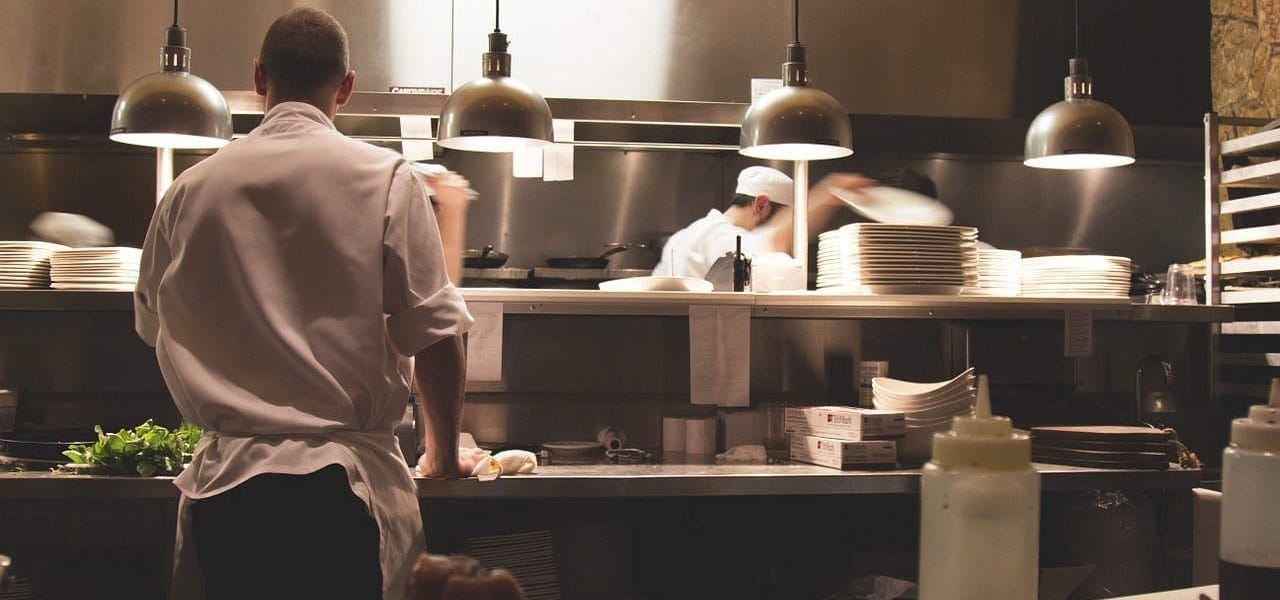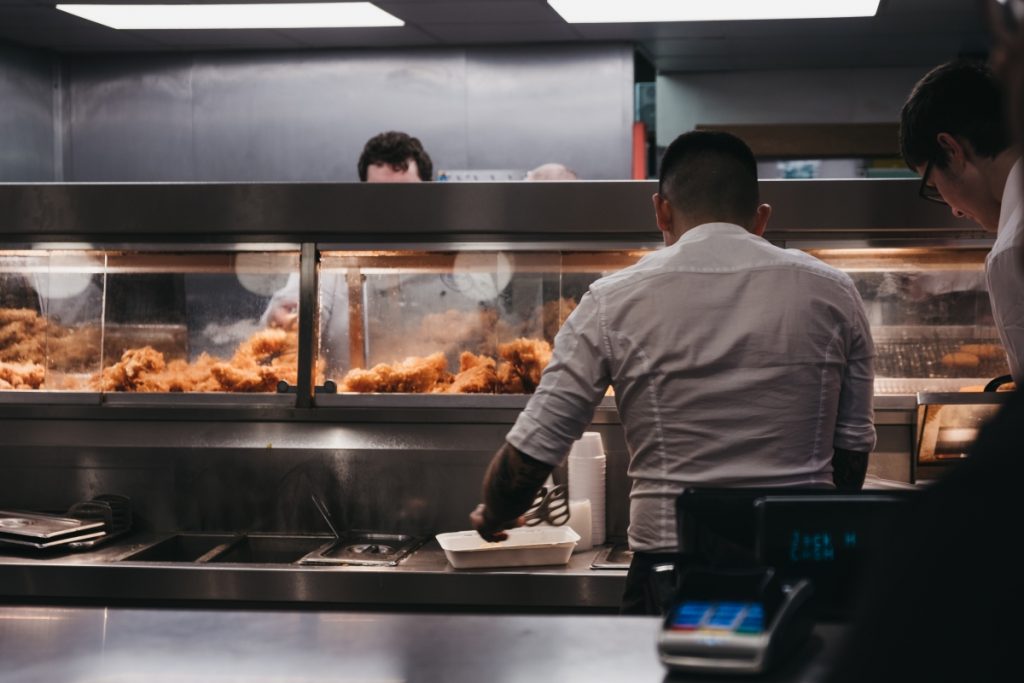Restaurant Delivery & Takeaway Insurance: Extended Service Coverage
The restaurant industry has undergone a dramatic transformation in recent years, with delivery and takeaway services becoming essential revenue streams for establishments of all sizes. From traditional sit-down restaurants expanding their reach to cloud kitchens operating exclusively for delivery, the extended service model has created new opportunities—and new risks. Understanding the insurance implications of these extended services is crucial for restaurant owners who want to protect their business while maximizing their market potential.
The Evolution of Restaurant Service Models
Traditional vs. Extended Service Operations
Traditional restaurant operations focused primarily on dine-in experiences, with relatively straightforward insurance needs covering premises liability, food safety, and staff protection. Today's restaurant landscape is far more complex, with many establishments operating hybrid models that combine dine-in, takeaway, and delivery services.
Extended service coverage addresses the unique risks associated with food preparation for off-premises consumption, third-party delivery partnerships, and the technological infrastructure required to manage multiple service channels. These operations create exposure points that traditional restaurant insurance policies may not adequately cover.
The Growth of Delivery and Takeaway Services
The demand for restaurant delivery and takeaway services has exploded, driven by consumer convenience expectations and accelerated by global events that reshaped dining habits. This growth has created a new category of restaurant operations that require specialized insurance protection.
Restaurants now partner with multiple delivery platforms, manage their own delivery fleets, and operate from locations specifically designed for takeaway and delivery rather than traditional dining. Each of these operational models presents distinct insurance challenges that require careful consideration.
Understanding Extended Service Coverage
What Extended Service Coverage Includes
Extended service coverage for restaurants encompasses protection for all aspects of off-premises food service operations. This includes coverage for food preparation and packaging for takeaway, delivery operations whether in-house or third-party, technology systems that manage orders and payments, and the additional liability exposures created by serving customers outside the restaurant premises.
The coverage extends beyond basic restaurant insurance to address the specific risks associated with food leaving the controlled environment of the restaurant. This includes potential contamination during transport, delivery-related accidents, and disputes arising from service quality in takeaway and delivery scenarios.
Key Components of Comprehensive Coverage
A robust extended service insurance policy should address several critical areas. Product liability coverage protects against claims related to food safety issues that may arise during transport or storage. Professional indemnity coverage addresses service standard disputes and customer dissatisfaction claims specific to delivery and takeaway operations.
Technology and cyber liability coverage protects the digital infrastructure that enables online ordering, payment processing, and customer data management. Business interruption coverage should specifically address scenarios where delivery or takeaway operations are disrupted, recognizing that these services may represent a significant portion of revenue.
Delivery Service Insurance Considerations
In-House Delivery Operations
Restaurants operating their own delivery services face unique insurance challenges. Vehicle coverage must extend beyond standard commercial auto insurance to address the specific risks of food delivery, including frequent stops, cash handling, and food safety during transport.
Driver liability coverage is essential, as delivery staff represent the restaurant in customers' homes and neighborhoods. This includes protection against accidents, theft, and interactions with customers that may result in disputes or claims.
Equipment coverage should protect delivery bags, thermal containers, and mobile payment systems used by delivery staff. These items are essential for maintaining food quality and service standards but are vulnerable to damage, theft, or loss during delivery operations.
Third-Party Delivery Platform Partnerships
Many restaurants partner with established delivery platforms like Uber Eats, Deliveroo, and Just Eat. While these platforms provide their own insurance coverage for delivery operations, restaurants must understand the gaps that may exist between platform coverage and their own insurance needs.
Platform partnerships create shared liability scenarios where responsibility for customer satisfaction, food safety, and service quality may be distributed between the restaurant and the delivery platform. Restaurant insurance policies should address these shared responsibility situations to ensure comprehensive protection.
Commission and fee disputes with delivery platforms can also create business interruption scenarios that standard policies may not cover. Extended service coverage should address revenue protection when platform relationships are disrupted or terminated.
Takeaway Service Protection
Food Safety and Quality Control
Takeaway operations create extended exposure periods where food safety responsibility continues beyond the point of sale. Unlike dine-in service where food is consumed immediately under controlled conditions, takeaway food may be transported and stored by customers before consumption.
Insurance coverage should address potential claims arising from food safety issues during the extended period between preparation and consumption. This includes protection against contamination claims, temperature control failures, and packaging-related food safety issues.
Quality control becomes more challenging with takeaway operations, as restaurants have less control over the consumption experience. Extended service coverage should protect against customer dissatisfaction claims related to food quality, presentation, and packaging integrity.
Packaging and Environmental Considerations
The shift toward takeaway services has increased focus on packaging solutions that maintain food quality while meeting environmental standards. Insurance coverage should address potential liability arising from packaging failures, environmental claims related to packaging materials, and compliance issues with local environmental regulations.
Sustainable packaging solutions, while environmentally responsible, may present new liability exposures if they fail to maintain food safety standards or cause customer injuries. Extended service coverage should evaluate these emerging risks and provide appropriate protection.
Technology and Digital Infrastructure Protection
Online Ordering Systems
Modern restaurant delivery and takeaway operations rely heavily on digital platforms for order management, payment processing, and customer communication. These systems create new liability exposures that traditional restaurant insurance may not address.
Cyber liability coverage should protect against data breaches, payment system failures, and technology disruptions that could impact delivery and takeaway operations. This includes protection for customer data, payment information, and proprietary business systems.
System downtime can have immediate and significant impact on delivery and takeaway revenue. Business interruption coverage should specifically address technology failures and their impact on extended service operations.
Customer Data and Privacy Protection
Delivery and takeaway operations collect extensive customer data including addresses, payment information, and ordering preferences. This data creates valuable business assets but also significant liability exposures if compromised.
Extended service coverage should include robust cyber liability protection that addresses data breach notification requirements, customer compensation, and regulatory compliance costs. Privacy liability coverage should protect against claims arising from data misuse or unauthorized access.
Staff and Operational Liability
Extended Premises Liability
Traditional restaurant liability coverage focuses on incidents occurring within the restaurant premises. Extended service operations create liability exposures that extend beyond the physical restaurant location.
Delivery staff interactions with customers, accidents during food transport, and incidents occurring at customer locations all create potential liability claims. Extended service coverage should address these off-premises exposures and provide comprehensive protection for staff activities outside the restaurant.
Training and Compliance Requirements
Extended service operations require specialized staff training in food safety, customer service, and risk management. Insurance coverage should support compliance with training requirements and provide protection against claims arising from inadequate training or supervision.
Regulatory compliance becomes more complex with extended service operations, as restaurants must meet requirements for food transport, driver licensing, and customer safety. Extended service coverage should address compliance costs and potential penalties for regulatory violations.
Financial Protection and Business Continuity
Revenue Stream Protection
Many restaurants now derive significant revenue from delivery and takeaway operations. Business interruption coverage should recognize the importance of these revenue streams and provide appropriate protection when extended service operations are disrupted.
Traditional business interruption coverage may not adequately address scenarios where dine-in operations continue but delivery and takeaway services are disrupted. Extended service coverage should provide specific protection for these distinct revenue streams.
Seasonal and Demand Fluctuations
Delivery and takeaway services often experience different demand patterns than traditional dine-in operations. Insurance coverage should account for these variations and provide flexible protection that adapts to changing business needs.
Peak demand periods, such as holidays or weather events, may create increased liability exposures and operational challenges. Extended service coverage should provide adequate protection during these high-risk periods.
Regulatory Compliance and Legal Protection
Food Safety Regulations
Extended service operations must comply with food safety regulations that address transport, storage, and delivery of prepared foods. These regulations vary by jurisdiction and may be more stringent than traditional restaurant requirements.
Insurance coverage should support compliance with food safety regulations and provide protection against penalties, fines, and legal costs arising from regulatory violations. This includes coverage for legal defense costs and business disruption resulting from regulatory investigations.
Employment Law Considerations
Delivery operations create unique employment law challenges, particularly regarding driver classification, working time regulations, and health and safety requirements. Extended service coverage should address employment-related claims and provide legal protection for employment practices.
The gig economy nature of many delivery operations creates additional complexity in employment law compliance. Insurance coverage should address the specific risks associated with contractor relationships and platform-based employment models.
Risk Management Best Practices
Operational Risk Assessment
Effective risk management for extended service operations requires comprehensive assessment of all operational exposures. This includes regular review of delivery routes, customer interaction protocols, and food safety procedures.
Risk assessment should address both traditional restaurant risks and the unique exposures created by extended service operations. Regular updates to risk management procedures ensure that coverage remains adequate as operations evolve.
Vendor and Partnership Management
Extended service operations often involve multiple vendors and partners, from delivery platforms to packaging suppliers. Risk management should address the insurance implications of these relationships and ensure adequate protection for shared liability scenarios.
Partnership agreements should clearly define insurance responsibilities and ensure that coverage gaps are identified and addressed. Regular review of partner insurance requirements helps maintain comprehensive protection.
Choosing the Right Extended Service Coverage
Policy Evaluation Criteria
Selecting appropriate extended service coverage requires careful evaluation of policy terms, coverage limits, and exclusions. Restaurants should work with insurance professionals who understand the unique risks of extended service operations.
Coverage evaluation should consider the specific operational model, revenue distribution between service channels, and growth plans for extended services. Policies should provide adequate protection for current operations while allowing for future expansion.
Cost-Benefit Analysis
Extended service coverage represents an additional insurance cost that must be balanced against the revenue potential and risk exposure of delivery and takeaway operations. Proper cost-benefit analysis considers both the direct costs of coverage and the potential financial impact of uninsured losses.
The analysis should account for the growing importance of extended services to restaurant profitability and the increasing liability exposures associated with these operations. Adequate coverage is an essential investment in business sustainability and growth.
Conclusion
Restaurant delivery and takeaway insurance represents a critical component of modern restaurant risk management. As extended service operations continue to grow in importance, comprehensive insurance coverage becomes essential for protecting business assets, revenue streams, and long-term viability.
The complexity of extended service operations requires specialized insurance solutions that address the unique risks of off-premises food service. From food safety and delivery logistics to technology infrastructure and regulatory compliance, extended service coverage must provide comprehensive protection for all aspects of modern restaurant operations.
Restaurant owners should work with experienced insurance professionals to develop coverage solutions that match their specific operational model and risk profile. Regular review and updates ensure that coverage remains adequate as extended service operations evolve and expand.
The investment in comprehensive extended service coverage provides essential protection for one of the restaurant industry's most important growth areas. With proper insurance protection in place, restaurants can confidently expand their delivery and takeaway operations while maintaining the financial security necessary for long-term success.
For expert guidance on restaurant delivery and takeaway insurance solutions, contact Insure24 at 0330 127 2333 or visit www.insure24.co.uk to discuss your specific coverage needs.


 0330 127 2333
0330 127 2333
